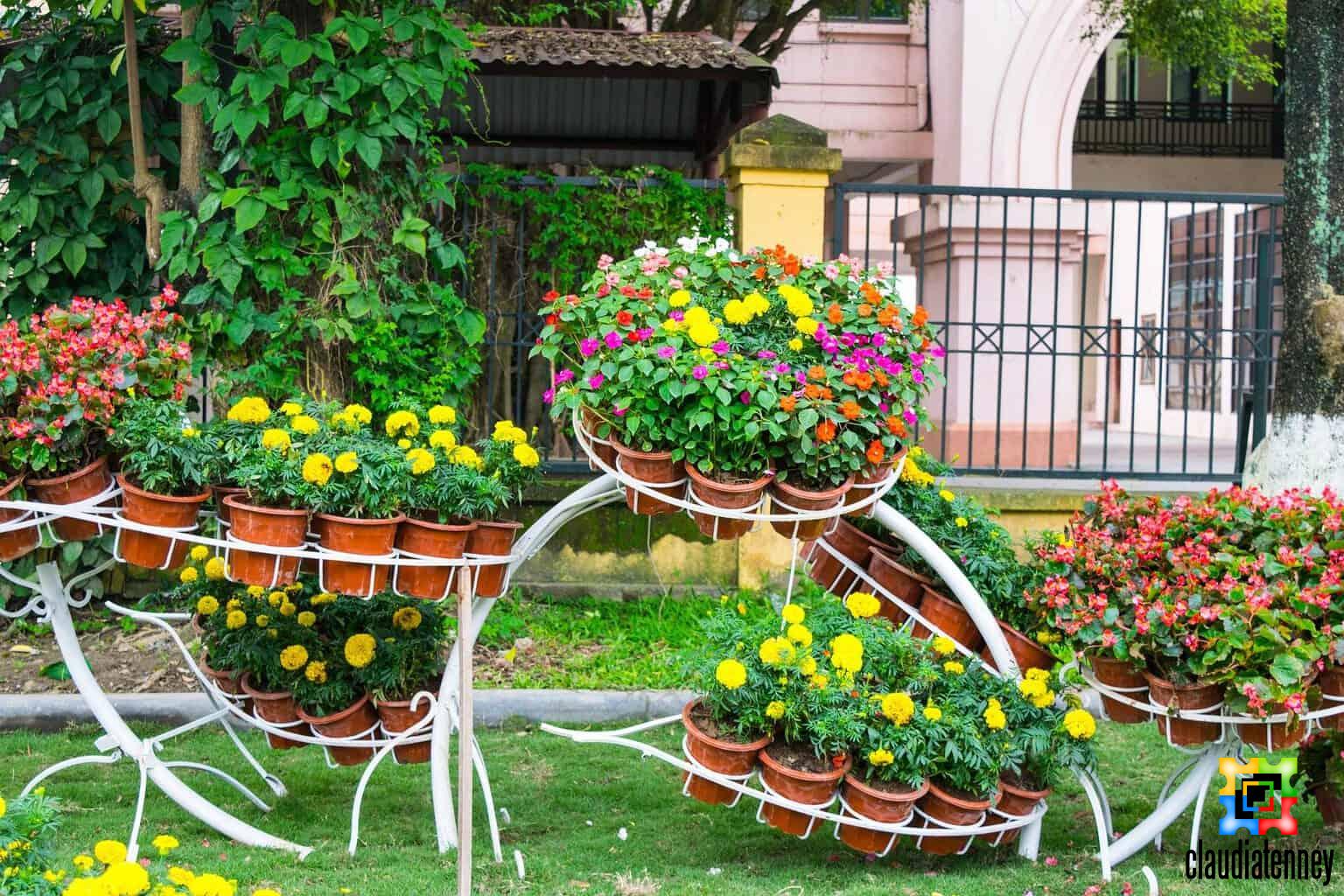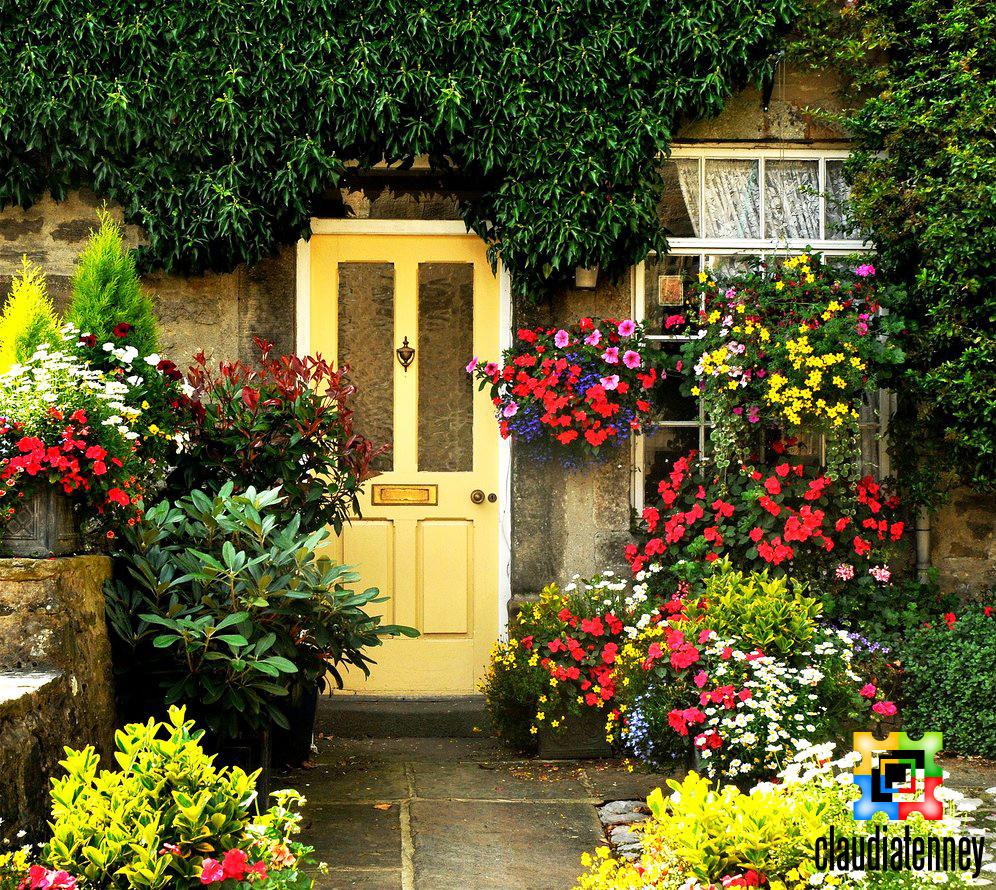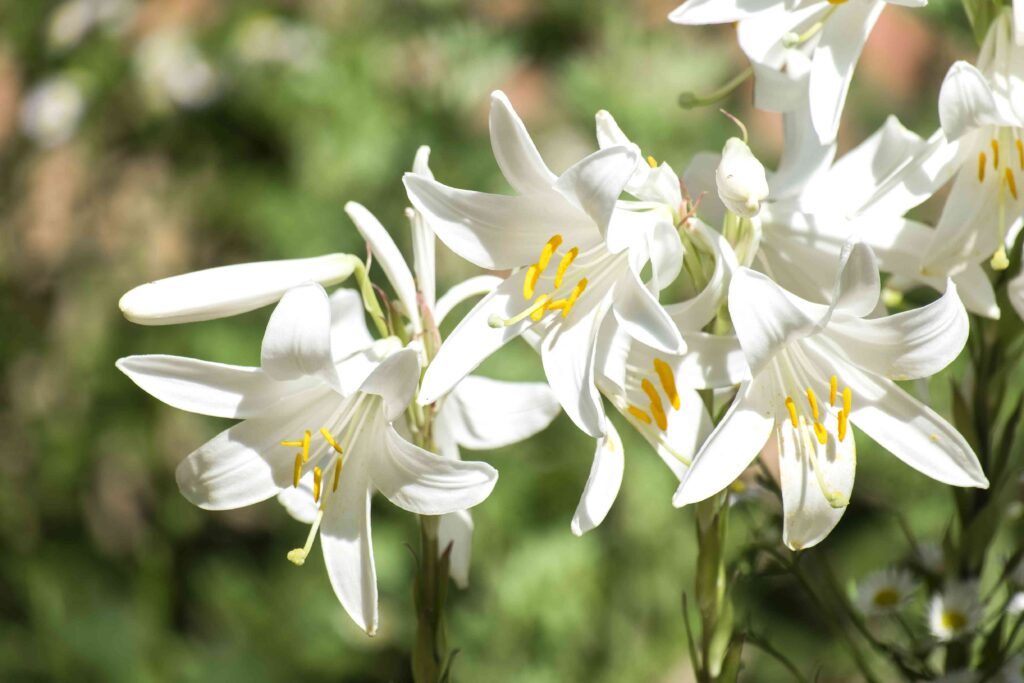Depending on your climate and your area, you will have a variety of flower types. Some flower types are more common and some are rare. It is best to know what you have to offer and how you can use them to decorate your garden. The best time to plant certain types is in early spring when they are in bloom, but you can plant them anytime throughout the year.
Canna lilies
Whether you’re looking for a plant for a container or a tropical border, Canna Lilies are a great choice. These flower types offer height and bold foliage. They are also ideal for water features and boggy areas.
Cannas can grow in full sun, part sun, or shade. They like moist soil that is well-drained. They also prefer a soil that is rich in nutrients.

Cannas are perennials. They grow best in areas with full sun and consistent moisture. They don’t tolerate drought well. Water them regularly during dry spells. Inadequate watering can cause smaller leaves and smaller plants.
Goldenrod
Several varieties of goldenrod are available, and they vary in size, color and flower shape. They are native to a variety of habitats including bogs, sandy soils and meadows. They are also found in upland forests, pastures, bluffs and along stream banks. In addition to providing color in the garden, they also help protect the environment by providing shelter for small birds, insects and field animals.
Most goldenrod species are native to North America. However, several invasive plant species have also displaced native goldenrod species. While goldenrod is not harmful to humans, the pollen grains from its flowers can cause itchy eyes and a runny nose. In addition to attracting pollinating insects, goldenrod is also a food source for many species of birds.

Prickly pear
Generally speaking, prickly pear flowers are small and show a lemon or iridescent glow. The center of the bloom is usually red-orange. They have numerous inferior ovaries on each carpel.
These plants are widely used as vegetables in the Southwest. Prickly pear is used to produce a red dye that is used in cosmetics and textiles. It also has a number of traditional medicinal uses.
Prickly pears can thrive in dry or alkaline soil. They can also grow well in clay soil. However, prickly pears are most commonly found in warm climates.
Dutch hyacinth
Known for its pervasive fragrance, Dutch hyacinths are a beautiful and fragrant addition to your garden. Dutch hyacinths are available in many varieties, including pink, salmon, yellow, and white.
Hyacinths are a perfect choice for beds, borders, and patio containers. They are low-maintenance and highly praised for their fragrance. Hyacinths also make excellent cut flowers. Hyacinths are great for formal plantings, but can also be used for underplanting shrubs and other plants.
Hyacinths are native to the Mediterranean Sea region. In the 17th and 18th centuries, they were popular for planting in the home and garden. Hyacinths were also familiar to the Greeks and Romans.
Black-eyed susan
Several varieties of Black-Eyed Susan are available. This perennial plant is a member of the Asteraceae family. It is native to central North America and grows in open woods and roadsides. It is easy to grow. Black-Eyed Susans are drought resistant and tolerate salt. They are known for their therapeutic and medicinal benefits. They also have beautiful flowers and are highly sought after as cut flowers.
When growing Black-Eyed Susan, it is important to plant the seeds early. The seeds should be planted 6-10 weeks before the last frost.
Craspedia
Having a garden full of yellow flower types can add cheer to your life. Especially when you have guests visiting. If you want to add a cheery color accent to your home, try planting Craspedia flowers. They are drought resistant once established.
These flowers are popular with flower designers because of their versatility. You can use them in a garden bed, in a container, or in dry arrangements.
Craspedia is a perennial wild flower native to Australia and New Zealand. It is also found in wetlands and native grasslands associated with Eucalyptus forests. The name comes from the Greek word kraspedon meaning “fringed edge.”
This genus includes 23 species. Most are perennials, but one is an annual. Typically, Craspedia grows up to 152 cm tall. It is a good idea to plant Craspedia in an area where it will receive plenty of sunshine and well-drained soil. It does not require supplemental fertilizer, but it does need regular watering.
Freesias
Originally native to South Africa, freesias are beautiful herbaceous perennials. They are known for their fragrant blooms and are great for arrangements. They can be planted outdoors and indoors. Depending on the variety, freesias may bloom for only a few months or for years.
Freesias prefer a well-draining soil. You can improve the drainage of the soil by using peat moss or compost.
Freesias grow best in full sun, but can tolerate morning shade. They should be watered regularly during the growth period. They should not be overwatered, which can result in root rot.



